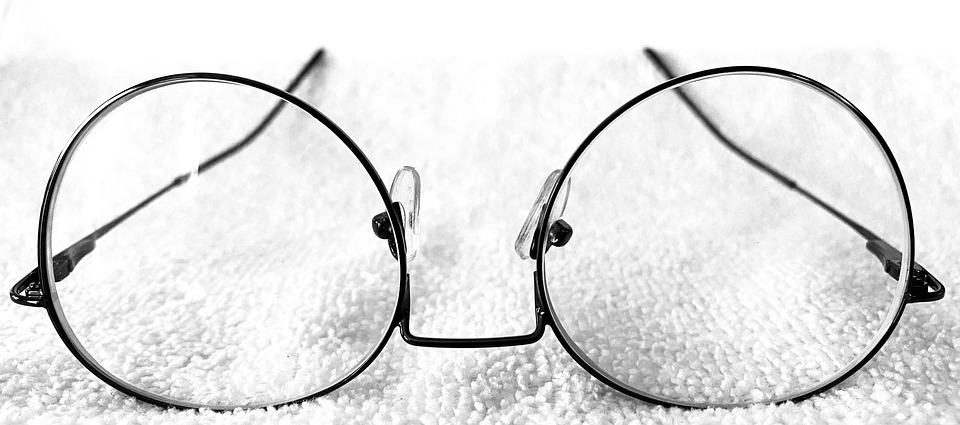-
NO.108, ZHUODAOQUAN ROAD,WUHAN,CHINA

what incontinence pads do hospitals use
Custom Massage: "What Incontinence Pads Do Hospitals Use?"
Article Outline:
I. Introduction
- What are Incontinence Pads?
- Importance of Incontinence Pads in Hospitals
II. Types of Incontinence Pads
- Brief Overview
- Disposable Incontinence Pads
- Reusable Incontinence Pads
III. Features to Look for in Incontinence Pads
- Absorbency
- Breathability
- Protection
- Comfort
IV. Benefits of Using Incontinence Pads in Hospitals
- Hygiene
- Patient Comfort
- Cost-Effective
- Efficient
V. What Incontinence Pads Do Hospitals Use?
- Overview of Hospital-Recommended Pads
- Top 5 Incontinence Pads Used in Hospitals
VI. Factors to Consider When Choosing Incontinence Pads for Hospital Use
- Patient Care
- Staff Efficiency
- Environmental Sustainability
VII. Incontinence Pads for Specific Patients
- Pediatric Patients
- Elderly Patients
- Patients with Certain Medical Conditions
VIII. Addressing Common Challenges with Incontinence Pads
- Skin Irritation
- Odor
- Limited Mobility
IX. Conclusion
- Summary of Key Points
- Importance of Proper Incontinence Pad Selection
X. FAQs
- Q1: What are the most common incontinence pads used in hospitals?
- Q2: How do hospitals choose the best incontinence pads for patient care?
- Q3: Are there any specific considerations for incontinence pads in pediatric patients?
- Q4: What are the best practices for storing and disposing of incontinence pads in hospitals?
- Q5: Can incontinence pads be used for other purposes beyond incontinence?
Article:
What Incontinence Pads Do Hospitals Use?
Incontinence pads play a crucial role in hospitals, providing patients with a sense of comfort, dignity, and hygiene. With the high demand for effective incontinence pads, it’s essential to understand what incontinence pads do hospitals use and the factors that go into choosing the right ones. In this article, we’ll delve into the world of incontinence pads, exploring their types, features, benefits, and the factors that hospitals consider when selecting them.
What are Incontinence Pads?
Incontinence pads are designed to absorb and contain bodily waste, providing patients with a sense of security and protection. They are typically made of absorbent materials, such as cotton, polypropylene, or superabsorbent polymers, and are designed to be worn close to the skin.
Types of Incontinence Pads
Incontinence pads come in two primary forms: disposable and reusable.
Disposable Incontinence Pads
Disposable incontinence pads are the most common type used in hospitals. They are designed to be used once and then discarded. These pads are convenient and reduce the risk of cross-contamination.
Reusable Incontinence Pads
Reusable incontinence pads, on the other hand, can be washed and reused multiple times. These pads are more eco-friendly and can be a cost-effective option.
Features to Look for in Incontinence Pads
When selecting incontinence pads for hospital use, there are several features to consider:
Absorbency
A high-absorbency pad can help prevent skin irritation and minimize the risk of leakage.
Breathability
A breathable pad can help reduce odor and prevent bacterial growth.
Protection
A pad that provides adequate protection can help prevent skin irritation and reduce the risk of infection.
Comfort
A comfortable pad can improve patient satisfaction and reduce the risk of skin breakdown.
Benefits of Using Incontinence Pads in Hospitals
Incontinence pads offer several benefits when used in hospitals:
Hygiene
Incontinence pads help maintain patient hygiene by containing bodily waste and preventing cross-contamination.
Patient Comfort
Incontinence pads provide patients with a sense of comfort and dignity, reducing stress and anxiety.
Cost-Effective
Incontinence pads can be a cost-effective solution for hospitals, reducing the risk of skin damage and infection.
Efficient
Incontinence pads can help reduce hospital staff workload, freeing up time for more critical tasks.
What Incontinence Pads Do Hospitals Use?
Hospitals typically use high-quality, medical-grade incontinence pads designed specifically for incontinence care. Some of the top brands used in hospitals include:
Top 5 Incontinence Pads Used in Hospitals
- Medline Incontinence Pads
- Kimberly-Clark Incontinence Pads
- Depend Incontinence Pads
- Prevail Incontinence Pads
- Attends Incontinence Pads
Factors to Consider When Choosing Incontinence Pads for Hospital Use
When selecting incontinence pads for hospital use, there are several factors to consider:
Patient Care
Incontinence pads should prioritize patient comfort and hygiene.
Staff Efficiency
Incontinence pads should be easy to apply and remove, reducing hospital staff workload.
Environmental Sustainability
Incontinence pads should be environmentally friendly and recyclable.
Incontinence Pads for Specific Patients
Incontinence pads can be tailored to meet the specific needs of different patients:
Pediatric Patients
Pediatric incontinence pads are designed for children with incontinence issues, featuring smaller sizes and softer materials.
Elderly Patients
Elderly incontinence pads are designed for senior patients, featuring larger sizes and extra absorbency.
Patients with Certain Medical Conditions
Incontinence pads can be designed for specific medical conditions, such as skin irritation or ostomy care.
Addressing Common Challenges with Incontinence Pads
Incontinence pads can sometimes present challenges:
Skin Irritation
Incontinence pads can cause skin irritation, especially in patients with sensitive skin.
Odor
Incontinence pads can become odorous if not properly disposed of.
Limited Mobility
Incontinence pads can be challenging for patients with limited mobility, making it difficult to apply and remove.
Conclusion
Incontinence pads play a vital role in hospitals, providing patients with comfort, hygiene, and protection. By understanding the types, features, benefits, and factors to consider when selecting incontinence pads, hospitals can choose the best pads for their patients’ needs. Remember, selecting the right incontinence pad can make all the difference in patient care and satisfaction.
FAQs:
Q1: What are the most common incontinence pads used in hospitals?
A1: Medline Incontinence Pads, Kimberly-Clark Incontinence Pads, Depend Incontinence Pads, Prevail Incontinence Pads, and Attends Incontinence Pads are some of the most commonly used incontinence pads in hospitals.
Q2: How do hospitals choose the best incontinence pads for patient care?
A2: Hospitals consider factors such as patient comfort, hygiene, staff efficiency, and environmental sustainability when selecting incontinence pads.
Q3: Are there any specific considerations for incontinence pads in pediatric patients?
A3: Pediatric incontinence pads are designed for children with incontinence issues, featuring smaller sizes and softer materials. Hospitals should prioritize patient comfort and hygiene when selecting incontinence pads for pediatric patients.
Q4: What are the best practices for storing and disposing of incontinence pads in hospitals?
A4: Incontinence pads should be stored in a clean, dry environment, and disposed of properly to reduce the risk of cross-contamination and infection.
Q5: Can incontinence pads be used for other purposes beyond incontinence?
A5: Yes, incontinence pads can be used for other purposes, such as ostomy care, wound care, or pressure ulcer prevention.








